$SPY $TLT $BTC
#Finance #CreditDefaultSwaps #USDebt #Investment #Economy #CreditNews #MarketTrends #RiskManagement #FinancialAnalysis
In today’s financial climate, the resurgence of interest in credit default swaps (CDS) signals a cautious yet noteworthy trend among investors. As a pivotal piece of credit news, the cost of insuring exposure to U.S. government debt is soaring, now peaking at levels not seen in the last two years. This revival points towards a growing concern about potential defaults, even though some analysts argue that the anxiety surrounding these financial instruments might be exaggerated.
Understanding the Surge in Credit Default Swaps
Credit default swaps, essentially insurance policies against the default of debt issuers, are experiencing a comeback. Investors use CDS to hedge against or speculate on the creditworthiness of debt issuers, including sovereign states like the United States. The rising prices in these swaps underscore a heightened perception of risk among debt securities, particularly in the realm of U.S. government bonds.
Market Implications of Rising CDS Prices
This uptick in CDS prices impacts various market stakeholders. For bondholders, higher CDS rates could mean more expensive insurance costs, potentially lowering the attractiveness of holding debt securities. Conversely, for traders and speculators, this could represent an opportunity to profit from the volatility in debt markets.
As this trend unfolds, the broader implications for the U.S. economy could be significant. If the cost of insuring debt continues to climb, it might lead to higher borrowing costs for the U.S. government, affecting everything from infrastructure spending to social programs.
A Rational Perspective on CDS Trends
Despite the current uptick, it’s crucial to approach these developments with a balanced perspective. Historical data suggests that spikes in CDS prices often do not lead to actual defaults, particularly with entities as robust as the U.S. government. Thus, while the market’s nervousness is palpable, it might be more reflective of speculative movements rather than an imminent financial crisis.
For more detailed analyses and up-to-date credit news, visit [Financier News](https://www.financier.news/).
Exploring Further
Investors and market watchers should continue to monitor these trends closely, considering both macroeconomic indicators and geopolitical events that could influence market perceptions and the actual creditworthiness of debt issuers.
For those interested in broader financial markets, including crypto assets which often react to macroeconomic shifts, further information can be found on [Binance](https://www.binance.com/).

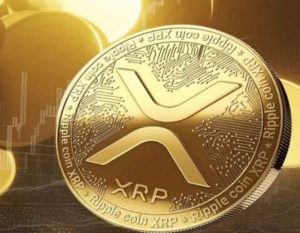

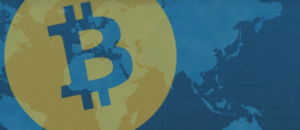
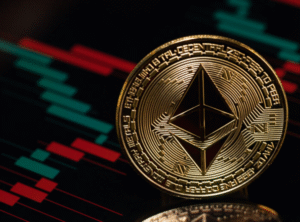
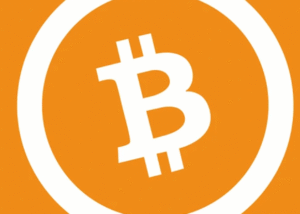
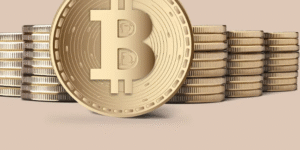
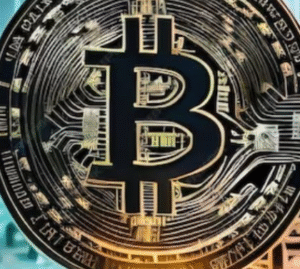
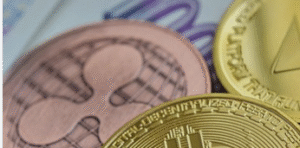


Comments are closed.